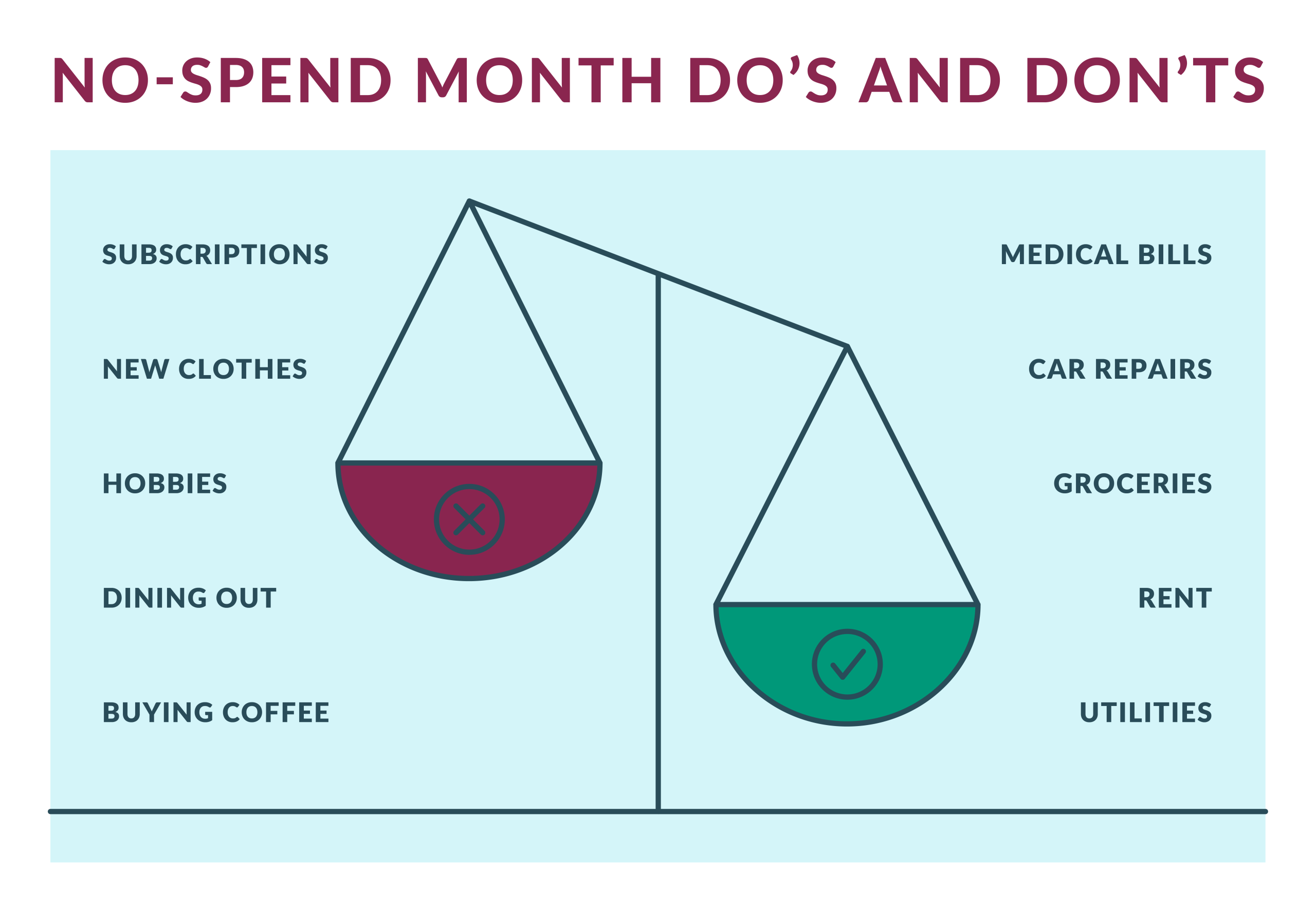Anúncios
Today, managing finances jointly is a reality for many couples, families, and even friends who share expenses.
And one of the most common instruments for this shared management is the joint credit card.
Whether to facilitate bill splitting, accumulate points, or simply streamline the payment process, joint credit cards have gained popularity.
In this article, we’ll learn more about the joint credit card and how it works.
What is a joint credit card?
A joint credit card is a modality in which two or more people share access to a single credit card and are responsible for all transactions made with it.
Generally, joint cardholders have equal authority to use the available credit and are equally responsible for paying the expenses made with the card.
This option is often chosen by couples, family members, or even friends who wish to consolidate their expenses and facilitate joint financial management.
With a joint credit card, all cardholders have the ability to make purchases, make payments, and monitor card usage, offering a convenient way to split common expenses.
Such as household bills, family purchases, or even shared expenses on trips.
However, it’s important to note that while cardholders share responsibility for the card, they also share responsibility for paying the bills.
This means that all expenses made with the card will be charged jointly, and any delays or defaults in payment will negatively affect the credit history of all cardholders.
Therefore, communication and mutual trust are essential when opting for a joint credit card to ensure that all parties involved fulfill their financial obligations responsibly.
Better understand how they work
Joint credit cards function similarly to individual credit cards, but with the distinction that several people have access to and responsibility for the same card.
A joint credit card can have two or more cardholders, depending on the policy of the financial institution issuing the card.
Each cardholder receives a physical card with their name on it, but all have access to the same credit limit and share responsibility for the expenses made with the card.
All cardholders can use the joint credit card to make purchases, pay bills, or perform other financial transactions, both in-person and online.
Each purchase is recorded on the account associated with the card and is the joint responsibility of the cardholders.
The total credit limit of the card is established by the financial institution based on the credit analysis of the cardholders. This limit is shared among the cardholders and is not assigned individually.
A single statement is issued for all transactions made with the joint credit card. All cardholders are responsible for paying the total amount of the statement, regardless of who made the purchases.
Payments can be made by any of the cardholders, but it is essential to ensure that the full payment is made on time to avoid interest and penalties.
Cardholders have access to transaction history and statements through the online portal or mobile app offered by the financial institution.
This allows them to closely monitor card usage and quickly identify any suspicious or unauthorized transactions.
How to share a joint credit card?
Sharing a joint credit card can be done in two main ways: through authorized users and through the cardholders themselves.
By authorized user
In this modality, cardholders have the option to add authorized users to their account.
Authorized users receive an additional card linked to the main account but are not considered joint cardholders.
Thus, authorized users can use the card to make purchases and transactions but do not have legal responsibility for paying the bill.
The primary cardholder is solely responsible for all transactions made by authorized users and for paying the bill.
This option is useful when a person wants to allow family members or close friends to use the card but without sharing responsibility for payment.
By joint cardholder
In this modality, each person is considered a joint cardholder and equally shares responsibility for the card and payment of the bill.
All cardholders have access to the same credit limit and are authorized to make purchases and transactions with the card.
In this way, all expenses made with the card are recorded in the same account and reflected on the monthly statement, which is the joint responsibility of the cardholders.
Each cardholder can make payments to settle the bill or manage the account, and all have access to account information such as balance, transactions, and statements.
This option is ideal for couples, business partners, or any group that shares common expenses and wants to have equal responsibility and control over the card.
Learn about the advantages a joint credit card offers
Joint credit cards offer several advantages that can make shared financial management more convenient and efficient. Here are some of the clearest advantages:
A joint credit card simplifies the process of splitting common expenses among cardholders, such as household bills, family purchases, or shared expenses on trips.
All cardholders share the same credit limit, which can be advantageous for maximizing purchasing power and taking advantage of benefits such as rewards programs and cashback.
The points, miles, or cashback accumulated with purchases made with the card are credited to the same account, benefiting all cardholders.
All cardholders have access to the card’s transaction history and statements, making it easy to monitor card usage jointly and identify any suspicious or unauthorized activity.
If cardholders are responsible for paying the card bill promptly and in full, this can help build a positive credit history for all involved.
With multiple cardholders authorized to make payments, the joint credit card offers flexibility in managing finances, allowing any of the cardholders to take responsibility for paying the bill.
Consolidating expenses on a single card can help reduce fees and costs associated with multiple individual accounts, such as annual maintenance fees and transaction fees.
Are there disadvantages to using this type of card?
Joint credit cards offer advantages, but they also have important disadvantages to consider. Joint responsibility for paying the bill can be problematic if one of the cardholders does not pay their share, affecting the credit history of all.
This can lead to financial conflicts and problems obtaining credit in the future.
Additionally, sharing a card can lead to disputes over expenses and difficulties in closing the account.
There is also the risk of card abuse by one of the cardholders, which can harm everyone.
Therefore, while joint credit cards can be useful for simplifying shared financial management, it is important to carefully evaluate the advantages and disadvantages before opting for this modality.
Open communication and mutual trust among cardholders are essential to minimize risks and resolve issues that may arise when using a joint credit card.
With this, now you already know the joint credit card and can take advantage of all its benefits. Liked it? Find more tips on our website.






